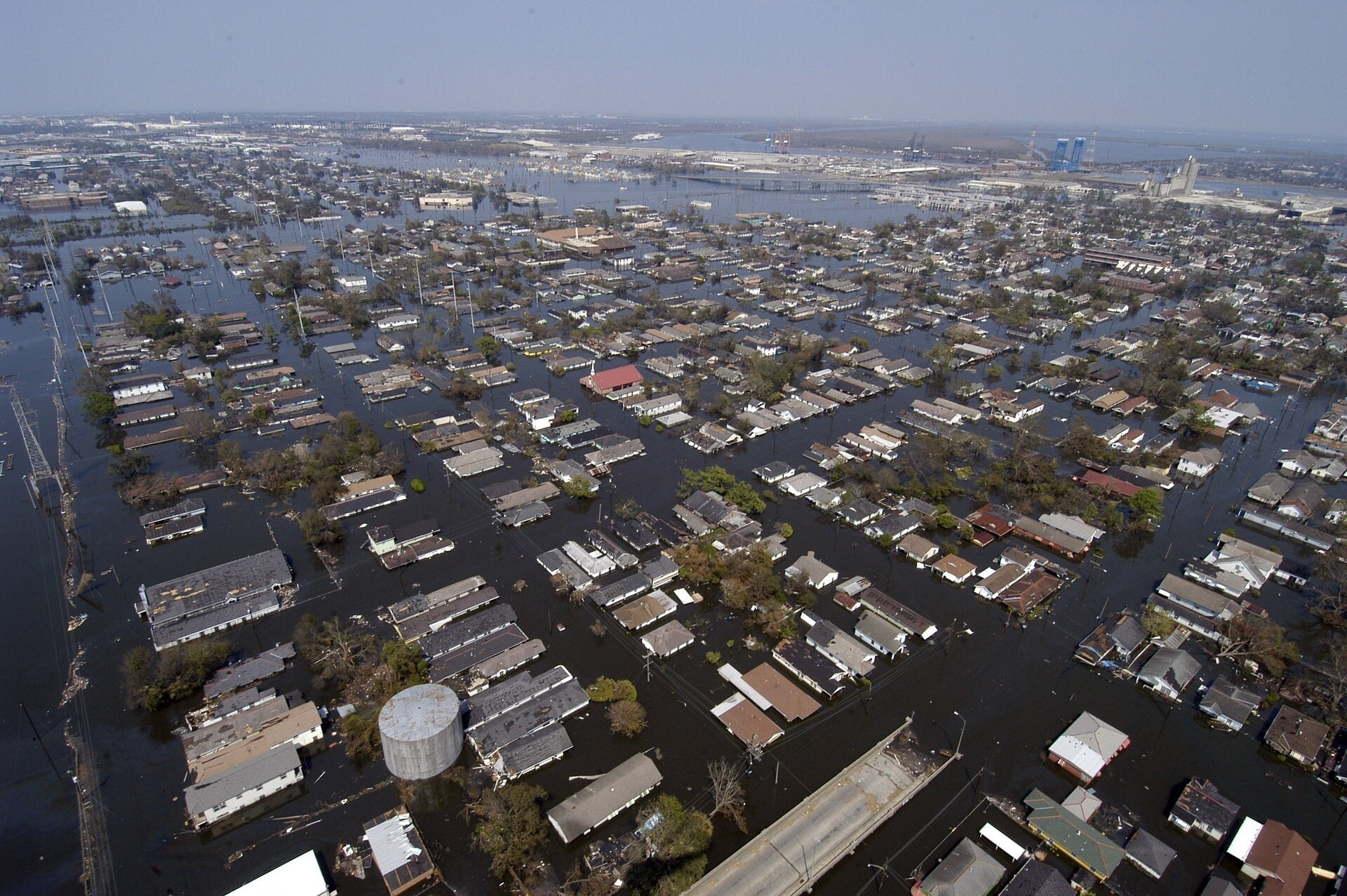The world's plants are under threat – are we to blame?

A significant number of plant species worldwide are at risk of extinction, a global overview of plant life has warned. Image: REUTERS/Toby Melville

Get involved with our crowdsourced digital platform to deliver impact at scale
Stay up to date:
Global Risks
One in five types of plant worldwide is at risk of extinction from threats such as farming and logging that are wrecking many habitats, a first global overview of plant life said.
In total, 391,000 types of plants are known to science, from tiny orchids to giant sequoia trees, according to the "State of the World's Plants" written by 80 experts led by the Royal Botanic Gardens (RBG) at Kew, in London.
And despite 21 percent of all the species being threatened with extinction, the report also said new plants were still being discovered, such as a 1.5 metre (5 feet) tall insect-eating plant on a mountaintop in Brazil in 2015.
Nonetheless, the experts said many parts of the world were suffering rapid change, such as from the felling of tropical forests to make way for farms and cities. Global warming was among other man-made risks.
"There's a huge change going on, mainly agricultural change and land for urbanisation," said Kathy Willis, RBG Kew's director of science. The report, meant as a first annual audit of the world's plants, omits plants such as algae and mosses.
Willis said a rising world population of more than 7 billion people needed food and places to live and that scientists should be pragmatic and help identify areas most in need of conservation.
The study said 31,000 plant species had documented uses such as in medicines, food or building materials. Little-known plants might have unknown benefits, such as resilience to diseases.
"If we completely clear the land and have a type of monoculture what happens when a new plant disease emerges and wipes out the crop entirely?" asked Steve Bachman, a species conservation researcher at RBG.
About 2,000 new types of plant were still being described every year.
The one found in Minas Gerais, Brazil, was the drosera magnifica, one of the largest known carnivorous plants. It was identified by a specialist in sundew plants who was reviewing photographs on Facebook taken by an orchid hunter.
Tim Utteridge, head of identification at RBG, said carnivorous plants had a wide following online, helping identification of unknown specimens.
Don't miss any update on this topic
Create a free account and access your personalized content collection with our latest publications and analyses.
License and Republishing
World Economic Forum articles may be republished in accordance with the Creative Commons Attribution-NonCommercial-NoDerivatives 4.0 International Public License, and in accordance with our Terms of Use.
The views expressed in this article are those of the author alone and not the World Economic Forum.
Related topics:
The Agenda Weekly
A weekly update of the most important issues driving the global agenda
You can unsubscribe at any time using the link in our emails. For more details, review our privacy policy.
More on Global RisksSee all
Gareth Byatt and Ilan Kelman
March 11, 2024
Andrea Willige
March 6, 2024
Richard Aster
November 15, 2023
Ian Shine and Rebecca Geldard
November 14, 2023
Andrea Willige
October 26, 2023
Simon Torkington
September 14, 2023






